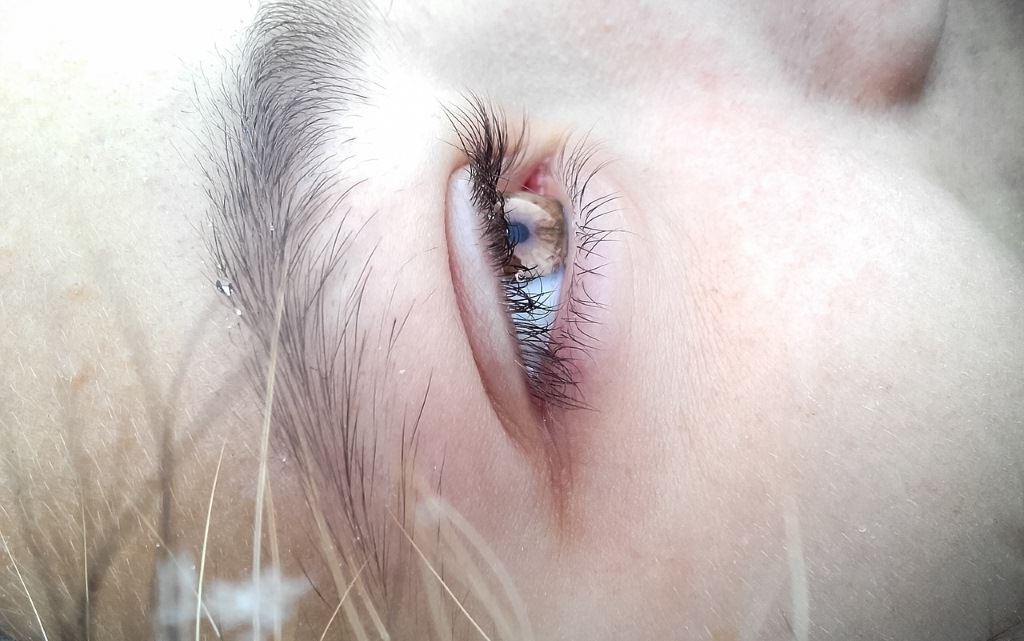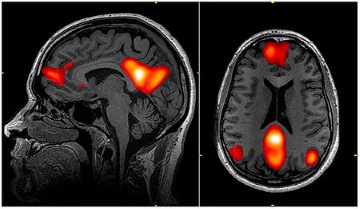Are you aware of your Day Dreams?

Everybody day dreams.
We’ve all been there. Temporarily zoned out of the moment and immersed in fantasy.
Sometimes, we’re so immersed, we’re not engaged with our senses at all.
“Oh sorry – say that again – I was daydreaming”
But what can we learn from this experience?
What can day dreams teach us and how do they compare to lucid dreams?
After all – in a sense – day dreams are the converse of lucid dreams. One is being aware whilst asleep, the other is not being aware whilst awake.
What are day dreams exactly?
As with many things in life, there’s no meaningful formal definition of day dreaming. It’s more a 'catch all' term for internally focused thought.
But I like this simple definition from Wikipedia:
Daydreaming is a short-term detachment from one's immediate surroundings, during which a person's contact with reality is blurred and partially substituted by a visionary fantasy.
Day dreams can take many forms:
- Fantasising about wildly unrealistic scenarios, such as travelling to other worlds
- Dwelling on past mistakes and regrets and reliving those moments
- Absorbing ‘stream of consciousness’ fantasies eliciting creative inspiration
- Visualising in detail and living out future plans for success
The key is that during the process, your ‘awareness’ of your surroundings is tuned down and instead engaged in an internal world of thought.
How does day dreaming work in the brain?

There has been a little interesting research in this area.
Turns out some scientists were carrying out an experiment where their subjects were hooked up to a brain monitor whilst carrying out intensive exercises that required their full attention.
The men in white coats were originally looking to identify the physical parts of the brain associated with cognitive problem solving.
But what was more interesting, was what they noticed when the subjects stopped the intensive exercise.
In between tasks, there were areas of the brain that started to become more active.
And these structures turned off again as soon as the original exercises were re-started.
These areas of the brain are now being termed the ‘default mode network’.
And it is this default network that is said to be responsible for ‘day dreams’ or ‘stimulus independent thought’ to use the technical term.
However, there are a few criticisms of this theory – and rightly so.
There are many that sensibly point out the ‘default network’ theory is a gross over-simplification.
Whilst it's good to know there are certain areas of the brain that seem to show a lot of activity during different types of thought (i.e., problem solving vs. day dreaming), how does this ‘revelation’ really help us in practice?
I believe we are more than merely mechanical automatons – at the mercy of a series of ‘networks’ installed in our brain boxes.
Daydreaming and awareness

I’m more struck by the relationship between day dreaming and meditation. Or specifically mindfulness.
In a sense, mindfulness is a way of positively ‘programming’ our ‘default mode network’.
(can you tell I work in IT?)
Mindfulness teaches us exactly how to deal with ‘stimulus independent thought’.
We all have thoughts pop into our heads – continuously throughout the day. It's human nature!
The difference is in how we deal with these thoughts.
Daydreamers will let these thoughts act as seeds. After being planted, they grow lives of their own and spiral off along tangents - resulting in random and absorbing fantasies.
Or they dwell upon one specific thought and let it consume them – at the expense of their awareness.
Practitioners of mindfulness - on the other hand - aim to recognise such thoughts popping into their heads and let them pass peacefully onwards on their way.
Or, if a thought is of use and is to be examined, then it is mindfully held up to the light of enquiry.
And thus rises the crux of the matter:
It’s not possible to be fully aware of ones surroundings whilst meditating on or inspecting one specific idea.
For example.
I’m walking along the road, mindfully living in the moment. I’m fully aware of my surroundings. Appreciating the sensation of movement in my legs, aware of the sun in the sky and its heat beating down on my hair. Feeling the breeze on my face. Hearing the sound of birds chirping above.
Then a thought pops into my head “I wonder what blog post I should write next?”
I either let that thought pass and maintain my sensual awareness of my surroundings, or I mindfully inspect the thought.
If I choose to think about this subject, then my level of awareness of my surroundings is reduced.
There must always be a balance of where our awareness is turned – either internally or externally.
We can’t focus 100% on both at the same time.
So in a sense there’s an argument that ‘day dreaming’ doesn’t in fact exist at all!
All we really have at the end of the day is awareness.
It’s simply a matter of how much of that awareness is turned externally to our surroundings – or internally to own thoughts.
An archetypical absorbing daydream occurs when a far greater percentage of our awareness if focused internally than externally.
Good Daydreaming
And engaging in these ‘stimulus independent thoughts’ and turning the spotlight of our awareness inward is not a bad thing.
The different between good and bad daydreaming habits is that good daydreams are mindfully focused on selected topics that bare relevance to the dreamer’s life and have the potential to become reality.
I often choose to zone out of my surrounding and fantasise about my future successes.
I live out these scenarios in detail – and become partially detached from my senses whilst doing so.
I use this technique to ultimately make these day dreams become reality.
Day dreaming really can be a powerful and productive tool when used properly!
Even ‘wild’ daydreams about bizarre future scenarios can be valuable. They can provide great creative inspiration for powerful works of art.
However - unless you’re an artist - it’s probably more valuable that you spend your time day dreaming about things that can become reality.
When things turn sour – maladaptive daydreaming
Which is exactly what happens in people who suffer from what has come to be known as ‘maladaptive daydreaming’.
This ‘maladaptive daydreaming’ is where the person – through a lack of mindfulness – becomes controlled by their thoughts and spends a disproportionate amount of time with their awareness turned inwardly.
And it’s an increasing problem in today’s society.
Instead of mindfully electing to focus their day dreams on specific achievable outcomes, maladaptive daydreamers tend to be at the mercy of their thoughts and continually explore rabbit holes of fantasy.
This becomes a learned habit.
Rather than practicing the cultivation of awareness, these individuals practice the exploration of random thoughts with no practical benefit to their lives.
It can become quite a problem.
In bad cases, sufferers spend the majority of their day engaged in a directionless internal world – and this impacts their ability to live a meaningful and happy life.
Daydreaming and lucid dreaming?

As I said at the beginning, it’s almost as if what we typically call ‘day dreaming’ is the converse of lucid dreaming.
Yet, these can be complementary and powerful life skills, if learned correctly.
To develop your lucid dreaming skills, you need to increase your awareness.
You need to develop your mindfulness.
And I encourage you to do just this.
Develop your mindfulness so you can have the best of both worlds.
Learn how to be aware whilst you are asleep.
Cultivate lucid dreams and use them as a tool to understand yourself and bring your dreams to reality.
But also learn how to be aware when you’re awake.
Cultivate day dreams – but indulge sparingly and knowingly – and use them as a tool to focus internally on subjects that have the potential to add value and bring benefit to your waking life.
You can control your dreams – and your day dreams.















